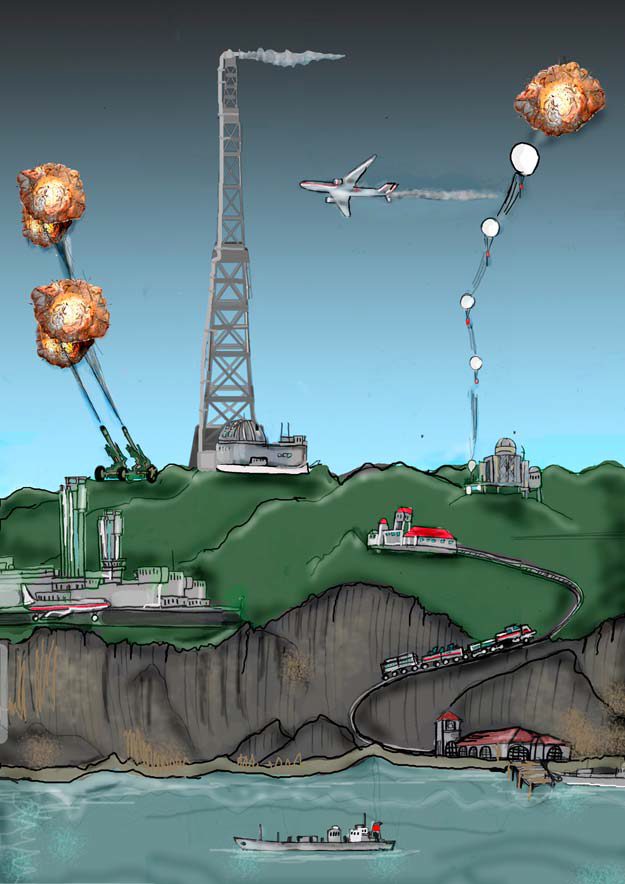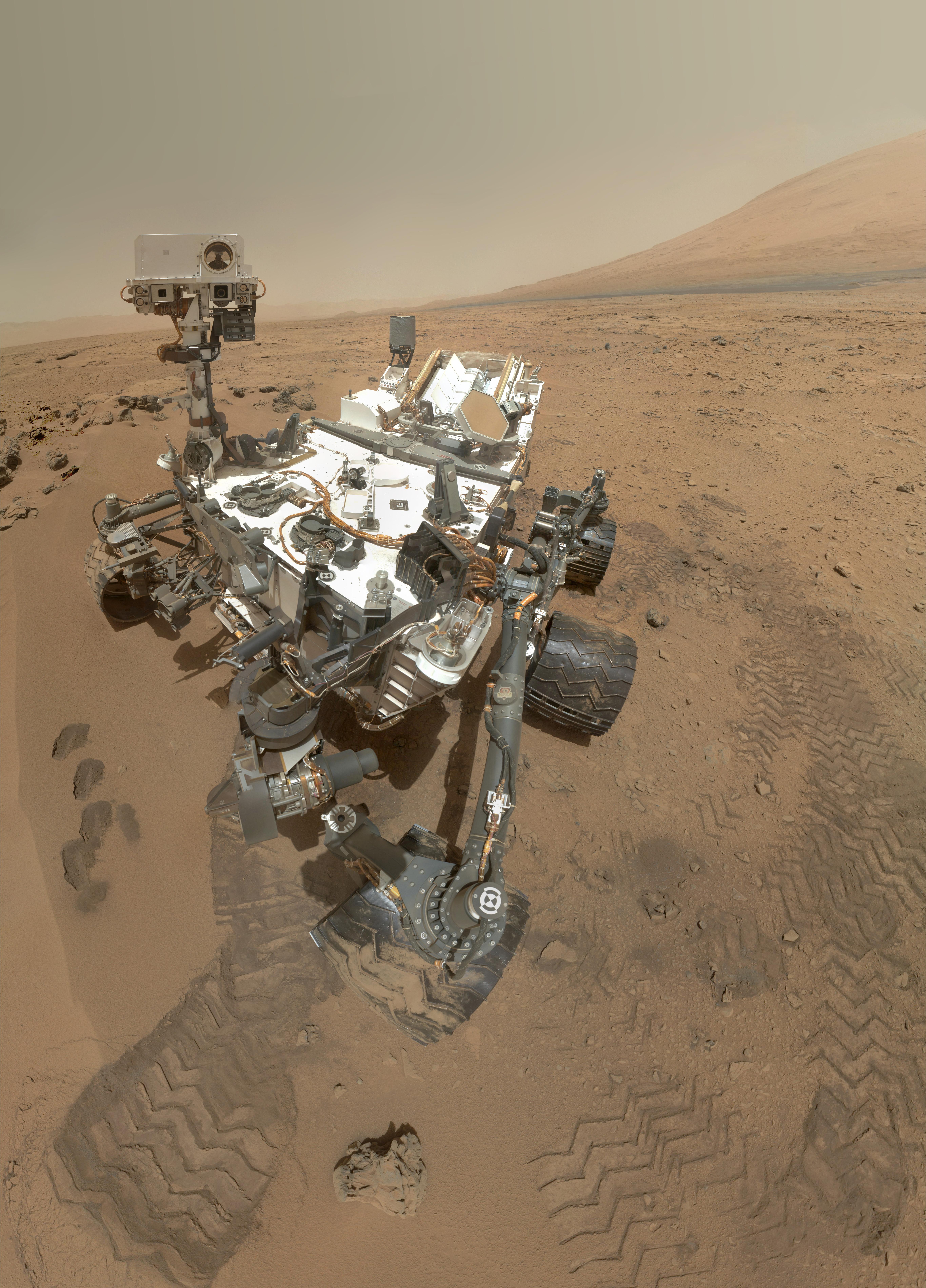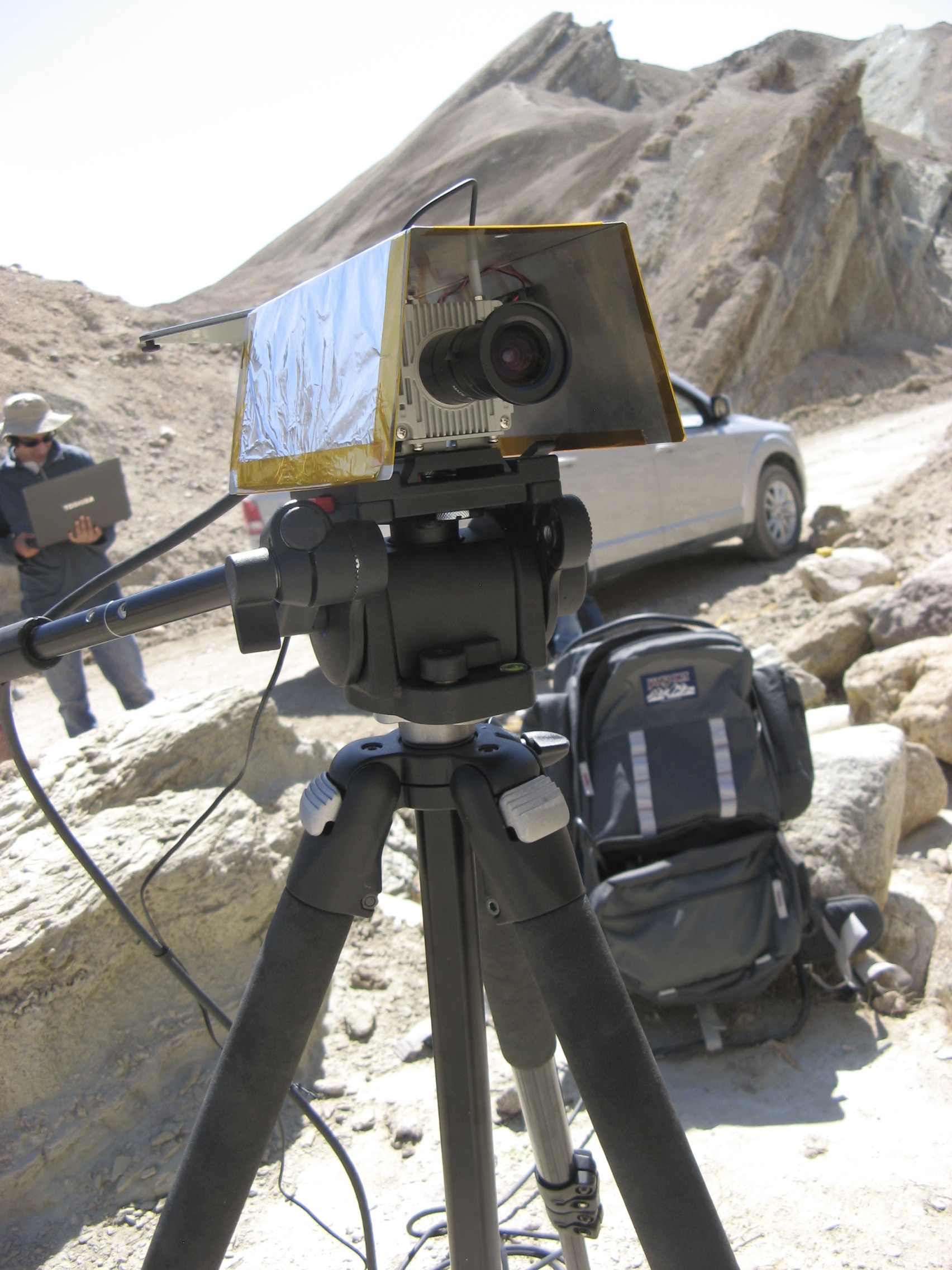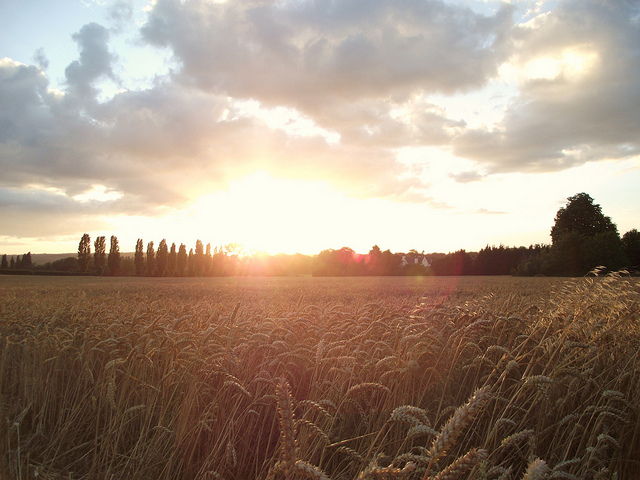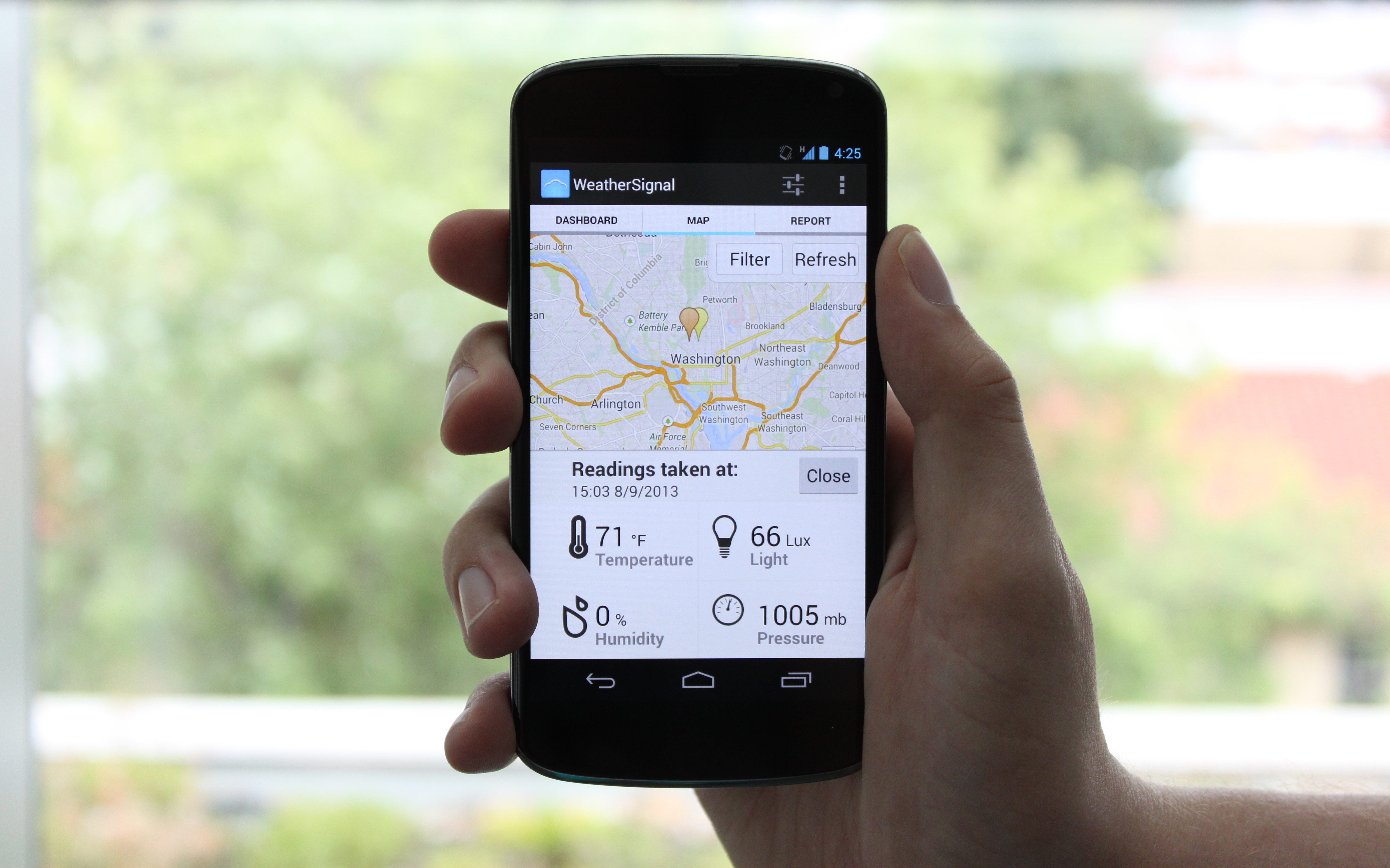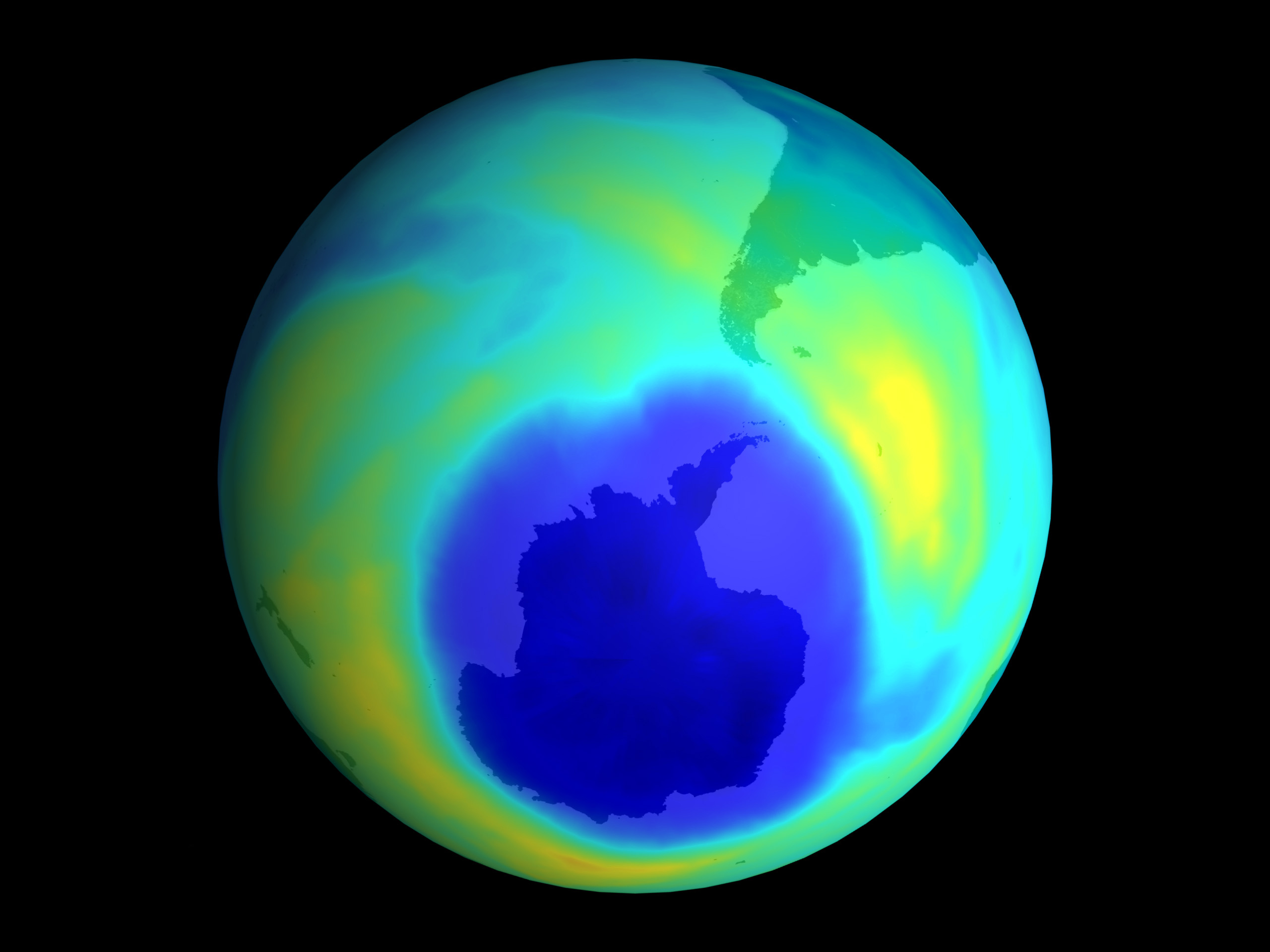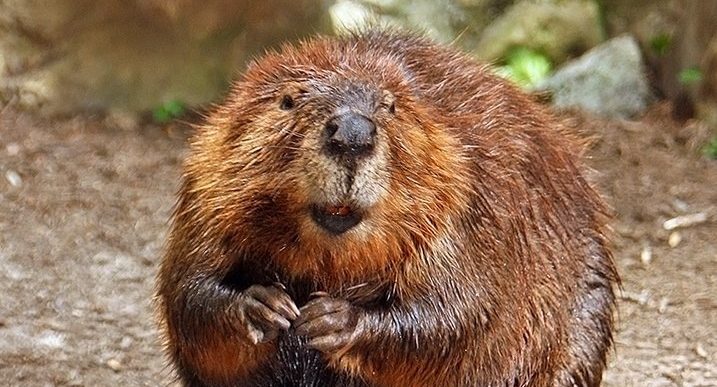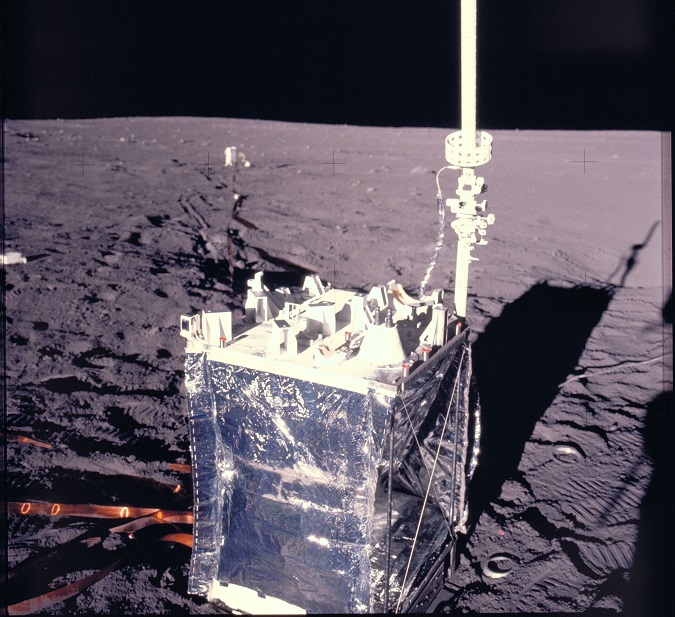
Rediscovered Apollo data gives first measure of how fast Moon dust piles up
American Geophysical Union, November 2013When Neil Armstrong took humanity’s first otherworldly steps in 1969, he didn’t know what a nuisance the lunar soil beneath his feet would prove to be. The scratchy dust clung to everything it touched, causing scientific instruments to overheat and, for Apollo 17 astronaut Harrison Schmitt, a sort of lunar dust hay fever. The annoying particles even prompted a scientific experiment to figure out how fast they collect, but NASA’s data got lost.
Picked up by Universe Today, Science News, ABC News, SEN, French Tribune, and others.

